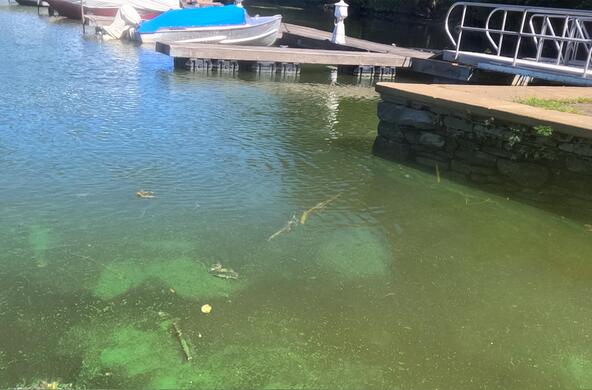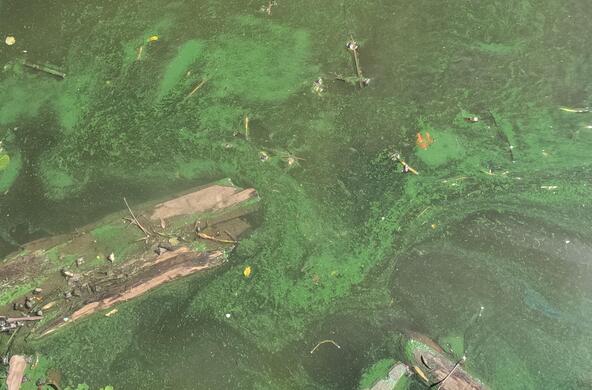Climate change and development put shore zones at risk
Shore zones are where the water meets the land. These biologically diverse habitats provide valuable ecosystem services: from fish habitat and flood protection to the removal of pollution from runoff water entering the river.
Human activities and climate change threaten shore zone health. Sea level rise in the tidal Hudson can cause wetlands to drown, especially in areas where wetlands they cannot migrate inland due to development.
We are guiding shore zone management in the Hudson to help restore shore zones and ensure that they are resilient.
Why we need healthy shore zones:
- They provide habitat for resident and migratory animals
- Plants and soils in shore zones capture pollution, absorb wave energy, and buffer floods
- Recreational activities like fishing, swimming, boating, and bird watching rely on access to shore zones
The problem
- Sea level rise, extreme weather, and flooding threaten Hudson River shore zones.
- Degraded shore zones make adjacent development susceptible to storms and erosion.
- Shore zone ‘drowning’ displaces plants and wildlife.
Our work
Roughly 200 tidal freshwater wetlands fringe the Hudson from the Tappan Zee region to the Federal Dam in Troy. We are working to understand how the plants that make up these wetlands will respond to climate change. Without management intervention, some plants will be lost to sea level rise, with consequences to water quality.
With partners, Cary scientists created the Managing Shore Zones for Ecological Benefits handbook, which offers guidance on how landowners and managers can protect shore zones and increase the benefits that they provide. Targeted at the Hudson River, suggestions can be applied to managing shore zones along lakes, rivers, and estuaries elsewhere.
We are working with engineers, landscape engineers, and managers in the Hudson River region to build shore zones that support our needs, like property protection and recreational access, and ecosystem needs, like healthy and diverse habitat for wildlife.
Stuart Findlay



